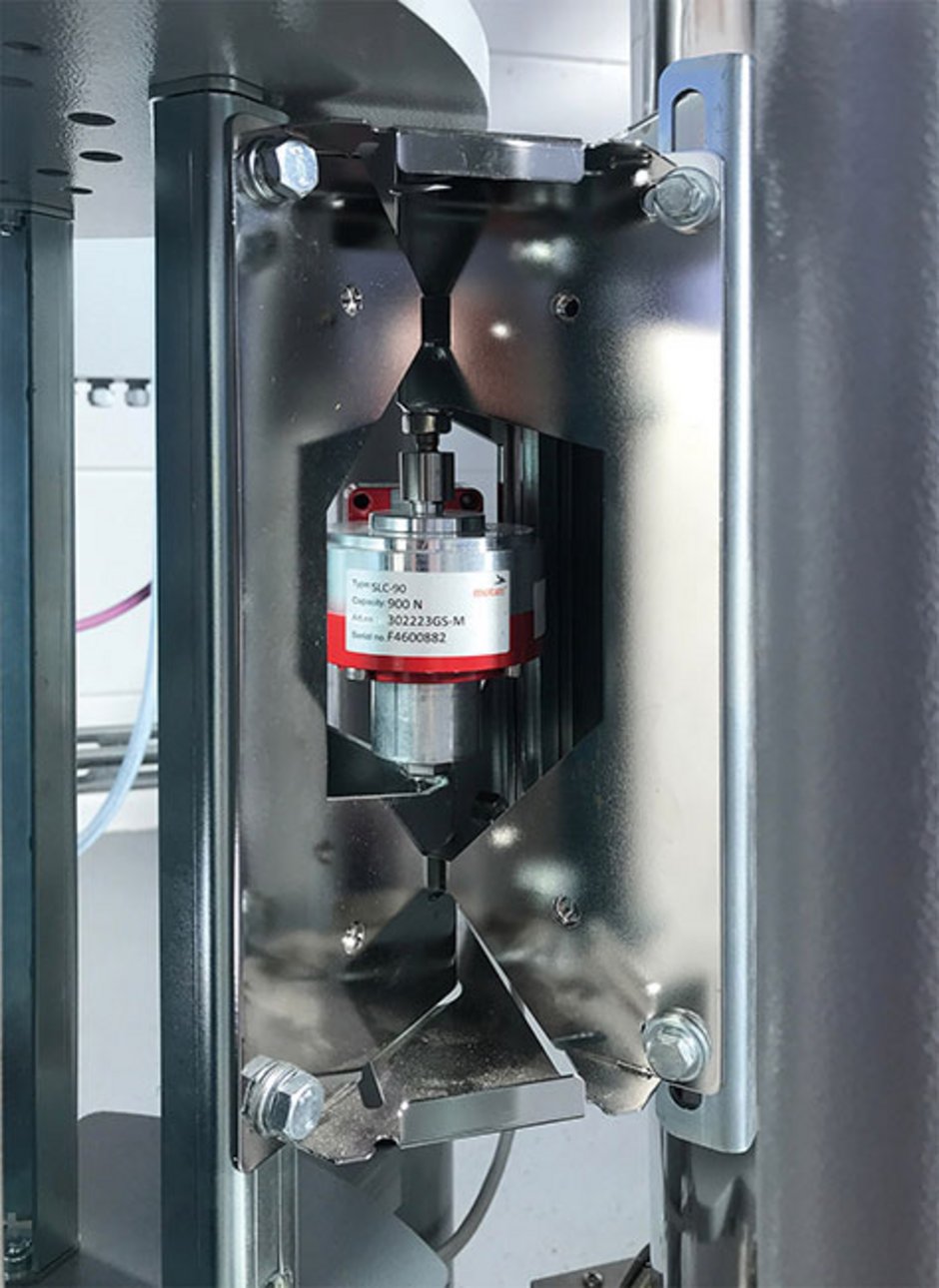64 - How does the resolution of a load cell influence dosing accuracy?

The load cells of gravimetric dosing systems need to master a balancing act – on the one hand they need to measure large throughput rates of up to multiple tons an hour, while on the other be able to measure extremely small amounts of a few hundred grams an hour precisely. And this in as little time as possible, which is a challenge particularly for continuous processes. Here, precise and consistent dosing is necessary for constantly high product quality.
Of particular importance in this context is the resolution of the load cell. Resolution, also called scale interval, describes the number of scale or partial stages of digital weigh systems that can be displayed per change of weight. They are shown as points that are sometimes also called digits (d).
Dividing the maximum measurable weight of a load cell by the resolution scale interval (d) (digit = smallest number scale).
A high resolution is important for differential dosing scales (loss-in-weight dosing systems) for example. With differential dosing every dosing station of the dosing system is weighed, including storage bin with content, the dosing device with motor, as well as agitator and motor, if present, which can add up to a high total weight.
When material is discharged, the load cell measures the weight difference per unit of time. This is why for small storage bins small throughput the weighed material only accounts for a tiny percentage of the total weight. Here two examples:
Two letters weighing 20 grams each are on letter scales with a resolution of 1:1000 and a maximum load of a kilogram. If one letter is removed from the scale, the difference in weight can be determined accurately. The scales can display the weight gram-precisely.
One person is standing on bathroom scales with a resolution of 1:1500 and a maximum load of 150 kg holding the two letters. If one letter is removed from the scales, the weight of the letter cannot be accurately determined. Even though these scales have better resolution, is can only display weight changes of 100 grams.
Conclusion: In order to achieve high precision for small dosing rates, it is important to be able to measure small weight changes. The smaller the maximum load and the higher the resolution of the load cell, the more precisely it can display small changes in weight.
Do you want to see load cells in practice? Please visit www.motan.com
